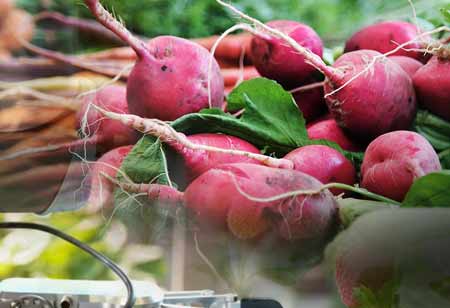Thank you for Subscribing to Food Business Review Weekly Brief
- Home
- Topics
- Alternative Proteins and Plant Based Food
- Beer and Wine
- Canned Beverages
- Coffee And Tea
- Food and Beverage Consulting
- Food and Beverage Financial Service
- Food And Beverages Marketing
- Food Distributors
- Food Ingredients
- Food Sustainability
- Plant Based Food and Beverages
- Seafood Suppliers
- Supplement Manufacturing
- Wine Investment
- News
- Vendor Viewpoint
- CXO Insights
- Conferences
- Newsletter
- CXO Awards
-
Flexible packaging affects Food Business
Flexible packaging, known by the Flexible Packaging Association, is any package or item with a shape that could be easily modified.

By
Food Business Review | Thursday, July 08, 2021
Stay ahead of the industry with exclusive feature stories on the top companies, expert insights and the latest news delivered straight to your inbox. Subscribe today.

Flexible packaging helps intelligent food packaging, minimizing energy usage, raw material consumption, and CO2 emissions associated with food product transportation.
FREMONT, CA: Flexible packaging, known by the Flexible Packaging Association, is any package or item with a shape that could be easily modified. Non-rigid structures like bags, pouches, shrink film, tubes, sleeves, carded packaging, etc.
Flexible packaging constitutes some of the most advantageous characteristics of plastic, film, paper, and aluminium foil paper to provide a broad range of protective attributes while limiting material and expensive consumption. Given these benefits, it has remained one of the packaging industry's fastest expanding fields.
Some of the most common flexible packaging substitutes for foods include the following:
Pouches are flexible covering that can stand upright on shelves, have airtight seals, are simple to pack and arrange on store shelves, provide perfect visibility, and are customizable and great presentability
Moreover, they can add many layers of protection that can be customized to fit practically any kind of product. The demerits of multiple layers are that they face more recycling challenges after reaching the end of their useful life. They cannot be recycled until they break down into polymer forms.
Pouch packaging is popular due to its ease of use, ability to be resealed after purchase, and great printability. Many layers are flexible films that ensure food safety and extend shelf life, but other factors can be added to meet the product's particular requirements. For example, these protective layers may enable more constant heating and provide a hindrance against gases and liquids from the interior and the outside.
Flexible films for foods come with a wide range of polymer forms, including PVC (polyvinyl chloride), PE (polyethene), and LLDPE (low linear-density polyethene). These are constantly used in bagging, blister, clamshell, and other carded packaging and as a protective covering over trayed items to increase the shelf life and save the product from external barriers such as moisture, oxygen and other pollutants.
Flexible films are critically known for establishments of all sizes to lower their carbon footprints, mainly because they decrease overall food waste and finished goods' weight, resulting in fewer emissions from freight deliveries. Even though plastics receive a poor rap (PUN!) because they contribute mainly to litter and take a long time to decompose, we would be witnessing even more food waste, necessitating the need for additional products and increased prices and increased shipments.
This would be dangerous for the environment in the long run, as greenhouse gas emissions would increase.
Foil is a recyclable product in some contexts but not in others, Like when used in multi-layer packaging (such as a bag). Foil packaging continues to preserve the freshness and safety of food by obstructing air, light, moisture, and bacteria, extending a product's shelf life.
Additional protective packaging is available in different styles and sizes suitable for various packaging requirements, such as palletizing bulk products with stretch wrap. Air pillows and electrostatic discharge (ESD) bags are famous examples.






